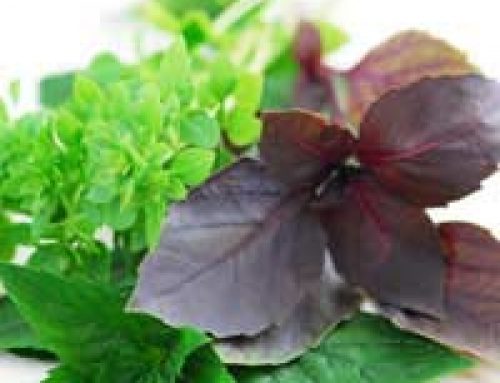
Asparagus is a perennial crop that requires a permanent position and then little attention once it is established. Prepare the soil well by digging thoroughly, removing perennial weed roots and incorporating plenty of organic matter.
The asparagus season is relatively short lived, lasting only eight weeks. It starts from mid-April and is over by mid-June. Once established, asparagus crowns should crop for up to 20 years, each one producing up to 2 spears per cutting season.
Planting Asparagus Crowns
Asparagus can be grow from seed or young dormant plants, known as crowns. If you raise them from seed, sow an all-male F1 hybrid into modules in February and transplant the young plants in early June. However, for ease of growing, most gardeners choose one-year-old crowns and plant them in March or April.
Choose a sunny position in a sheltered area, on a soil with a pH of between 6.5-7.5 (more acidic soils may need liming). Fork over the area and dig a trench 30cm wide and 20cm deep. Add a 5cm layer at the bottom of well-rotted manure or compost and back fill with most of the soil, creating a ridge approximately 10cm high, along the centre.
Place the crowns on top of the ridge, 30-45cm apart, with the roots of the crowns straddling the peak. If growing them in rows, leave roughly 45cm between them. Cover the roots with the remainder of the soil, leaving the bud tips just visible. Water them thoroughly and then cover them with a 5cm mulch of well-rotted manure.
Asparagus beds must be kept free from weeds, which is best done by hand weeding (due to the shallow roots of the asparagus) or mulching the area to suppress light. Add an organic general fertiliser every spring and top up the mulch of manure in late autumn or early spring.
Growing Tips
Support the rows with canes and twine to prevent the wind from damaging the spears. Remove female plants (with orange-red berries) and any seedlings that pop up. In autumn, allow the foliage to yellow in before cutting it down to 2.5cm.
Harvesting Asparagus
Do not harvest your asparagus for the first two years. In the third year, pick them from mid-April for six weeks, and then thereafter for up to eight weeks.
Cut individual spears in May with a sharp knife 2.5cm below the soil level when they are10-18cm tall. Aim to harvest the spears every two to three days to maintain a good crop.
Problems Growing Asparagus
Asparagus foliage is normally only affected by slugs and snails, and the asparagus beetle. Maintain good hygiene around the spear by removing debris where the pests are likely to hide. Encourage natural predators (such as birds) on to your plot.
Thin, weak-looking shoots could be due to inadequate moisture levels, especially on young crowns. Water them well and add an organic liquid feed, such as seaweed to give them a boost. In established beds weak spears can develop from harvesting to many spears or competition from weeds. Late frosts may also cause unusual growth.





Leave A Comment